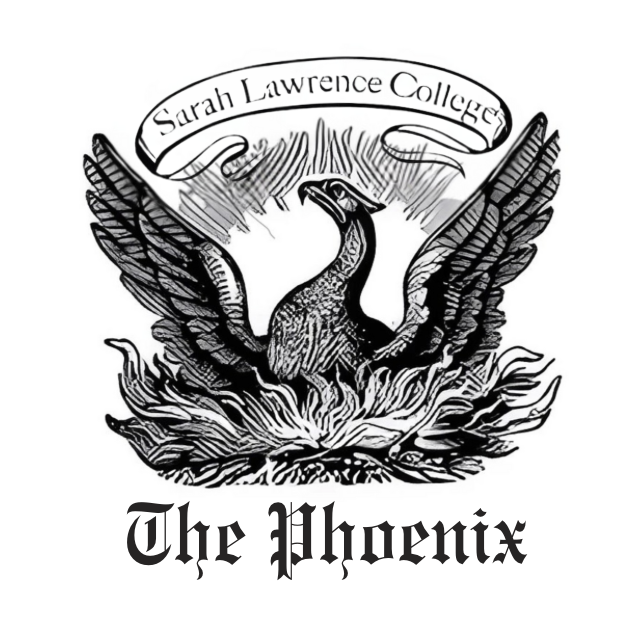Hybrid First Year Studies Brings Fresh Look to SLC Tradition
The traditional Sarah Lawrence seminar. From the 1965 course, “American Life and Thought”. Photo Courtesy of Sarah Lawrence College Archives
The beginning of the 2019-2020 school created a different sight for some Sarah Lawrence students: the Hybrid First Year Studies class. These unique course blocks, referred to as “Hybrid FYS”, are your dime-a-dozen open courses for upperclassmen, but also serve as FYS classes for first-year students, with the teaching faculty member acting as the don for first-year students.
Following the official implementation of Hybrid FYS courses in the 2018-2019 academic year, this year more faculty are opting to teach blocks filled with both regular students and first-year donnees. Unmarked in the course catalogue, these classes will typically consist of a “cohort” of six first-year donnees, with the remainder of the class consisting of students taking the course as a regular open class. Faculty, who are contracted to don 13 students every three years, will don their cohort of students and fulfill their requirement by taking on another cohort the following year.
Melissa Frazier, Associate Dean of the College and pioneer of the “Hybrid FYS” system, frames the new rendition of a Sarah Lawrence tradition as just one in a series of broader administrative tweaks being made to the FYS structure. Frazier attributes the reexamination to Science Professor Michelle Hersh, who received permission from administrators to implement a more flexible schedule in her own FYS course.
“Flexibility” appears to be a key word in the discussions surrounding Hybrid FYS courses; when faculty take on an FYS class, they often have to broaden the scope of their subject matter in order to draw in enough First Years to fill an entire class block.
“Typically, in languages, what happens is that [French faculty] have to teach beginning, intermediate, and advanced courses,” said Eric Leveau, a professor of French who teaches a Hybrid FYS course. “Then one of us has to do a First Year Studies, we teach a literature in translation class, which means we step away from the language.” When faculty are given the option to teach non-donnees in these courses, they are able to continue teaching their “normal” classes. This also allows first-year students to take more specialized, interest-driven classes to fulfill their First Year Studies requirement.
In addition to offering convenience for faculty and students, the Hybrid FYS system also relieves some of the financial burdens of the college: when professors that would usually teach a specific, interest-driven block drop the course in order to teach a class of first-years, Sarah Lawrence must hire guest faculty to fill in the holes. The Hybrid FYS system ensures that all curricular gaps are filled, minimizing the need for new hires. Melissa Frazier stated that issues with budgeting “are not at odds” with academic quality, and spark the creativity of the Curriculum Committee. “We are going to come out better,” she said.
Following the official approval of the new structure, there has been a spike in faculty interest in the Hybrid FYS courses after just one year. The new structure creates a mixed class dynamic and increased focus on donnees. Michéle Carter-Cram, ‘23, who is currently taking Leveau’s Intermediate French Hybrid, said she “enjoys” the structure of the class, which includes group conferences to address the typical topics of first-year adjustment.
Thistle Swann,’22, who is taking a Hybrid Architecture course with Joseph Forte, wished that the relevant classes were clearly marked as Hybrid FYS, but felt that her professor “doesn’t make it feel like too much like a First Year Studies class.” While Hybris FYS classes are not clearly marked, they are double-listed in the course schedule (once as an FYS, the other as an open course).
Mariah Lofgren,’21, a Pre-Med student who has taken two science Hybrid FYS courses as an upperclassman, expressed concern for the decreased number of spots for upperclassmen in courses necessary to fill graduate school requirements. “I really think that’s a concern,” said Frazier, who went on to emphasize that the relevant students should be sure to include themselves on the pre-med list.
All things considered, Hybrid FYS courses are most likely here to stay. Along with the new Hybrid structure, two other derivatives of the traditional First Year Studies structure were approved: an FYS seminar with conferences every other week and a maximum of fifteen students (rather than weekly conferences and 13 students), and an open-ended “collaborative” option, in which students work together to complete a collaborative project.
As the college moves into a new era, students can count on new alternatives to tried-and-true Sarah Lawrence-isms. “I really don’t want to go back to the old formula, as far as I can see,” said Leveau.
Sarah Santos ‘23

